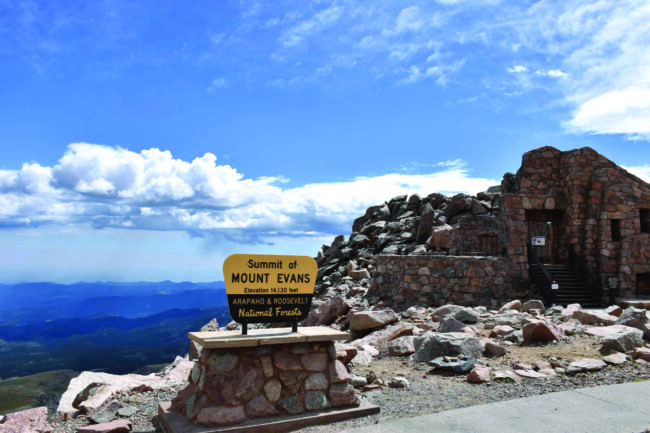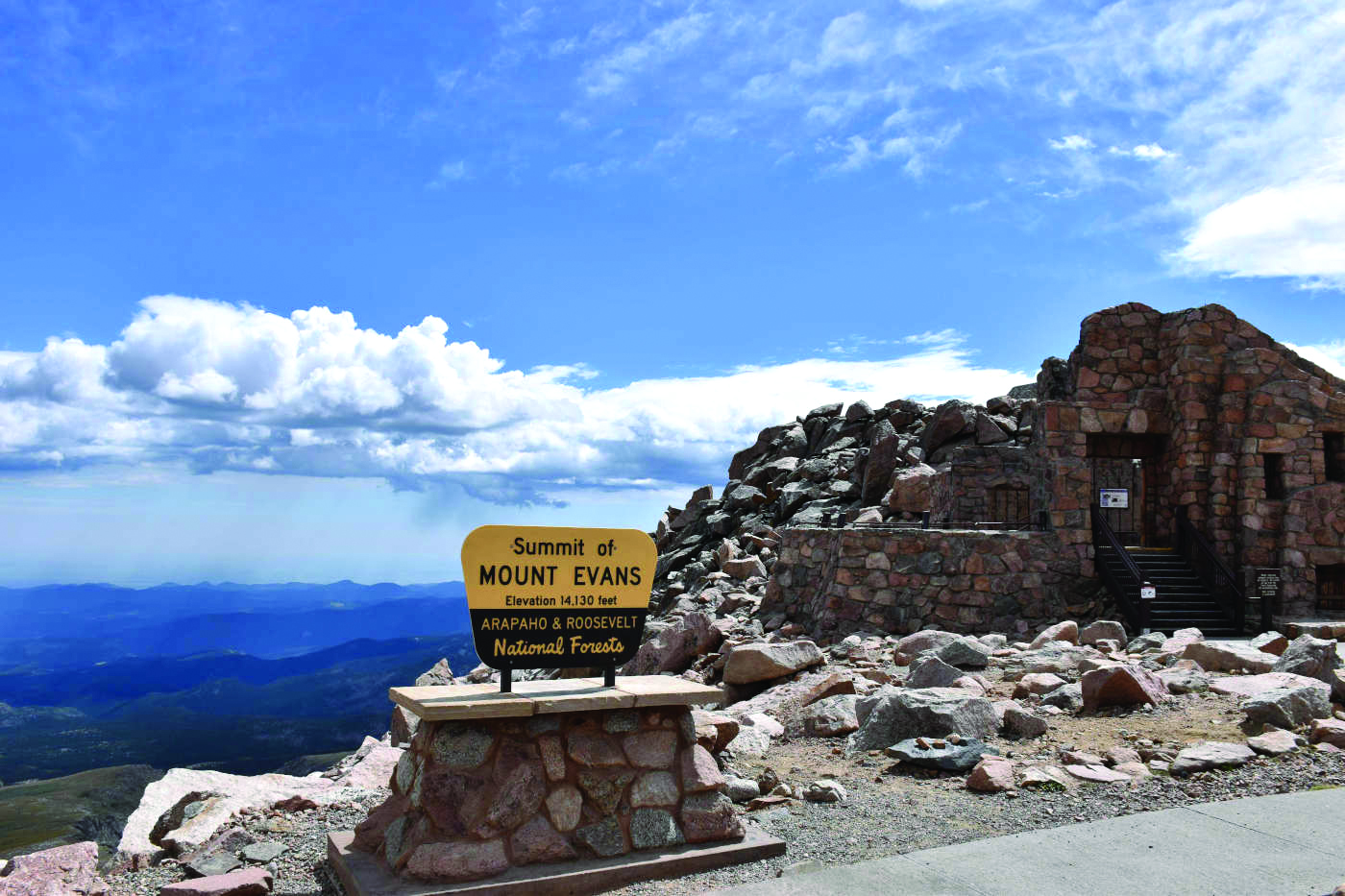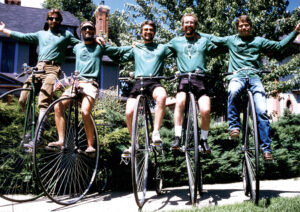GOV. JARED POLIS THIS YEAR rescinded two orders on the steps of the State Capitol, ending the legal justification for the Sand Creek Massacre of 1864. Around 100 members of the Cheyenne and Arapaho tribes attended the ceremony, calling for changes. One of their “asks” was to change the name of Mount Evans, maybe to Cheyenne/Arapaho peak.
It’s been more than 150 years since 1864 when Gov. John Evans, for whom the mountain is currently
named, issued the orders. The first required “friendly Indians” to gather at official camps near forts. The second urged citizens to “kill and destroy” any Native Americans who were “hostile to the state.”
It’s hard to imagine how blood-soaked Colorado was in 1864. Indigenous folks were engaged in a last-ditch attempt to save their lands and way of life. They sometimes attacked settlers. They scalped some of them. But the “whites” scalped some Indians too. The settlers were pushing hard to occupy Colorado lands, treaties or not. It was a terrible time of fighting, reprisals and death.
On Nov. 29 this year, some Colorado folks will gather at Sand Creek to commemorate the day when an estimated 150-220 Native Americans were killed there by cavalry troops. The cavalrymen were volunteers, untrained. Many of them took part that day in what’s been described as the biggest mass murder in Western American history.
What of attempts to avoid the massacre? The massacre leader, Rev. Major John Chivington, district
commander, typified the attitudes of many of the whites of the time. His Colorado volunteers, called derisively the “Bloodless Third” were “100 dayers,” soon to see their enlistments end (Dec. 31, 1864). Chivington wanted his Third Regiment to see some action before they went home. Even though he was a prominent Methodist clergyman, he was not about peacemaking. He wanted to have a battle, and, possibly to kill some “savages” as he called them.

Chief Black Kettle of the Cheyenne was a peacemaker. He and Major Ned Wynkoop set up a meeting with chiefs and Gov. Evans to discuss peace on Sept. 24. That parley guaranteed the safety of all who settled by Big Sandy Creek. But Chivington remained unmoved. Captain Silas Soule, regular army Captain, testified later in Congress that Chivington wanted a battle all along. Soule did not fire on the Indians nor did any of his men. He called it a terrible massacre. Another peacemaker, a rancher named Prowers, had been arrested just before the action. Clearly Chivington wanted him out of the way. Maj. Wynkoop was out of the way too. He was transferred to Kansas on Nov. 5. Captain Silas Soule also testified before Congress that Chivington, with approval from Evans, set up the massacre in advance.
On Nov. 5, Maj. Wynkoop was replaced by an ally of Chivington, Major Scott Anthony. His first order was that Indians camped around Fort Lyon had to move to Sand Creek. He ordered the fort sealed off that night and supporters of Wynkoop were held at gunpoint. Soule’s loud protests were ignored. The Indian ponies nearby were confiscated and the action began.
As Congress investigated the massacre, most testimony agreed with Capt. Soule. A sad postscript: Soule was murdered soon after the massacre (April 1865). Reporters all thought it was in retaliation for his testimony to Congress. Another outcome was that Gov. Evans could not stand the political heat and was replaced soon after.
The Indian camp was under protection of a U.S. flag. The Indian men were mostly off hunting for winter stockpiles. It should have been a time of peace. Instead, Chivington’s men slaughtered those still in the camp, mostly women and children. It truly was a massacre, the biggest in the history of the West.
The spectators on the Colorado Capitol steps this year were moved. When Eugene Blackbear Jr., a Cheyenne Arapaho, led the invocation, even hardened reporters were seen to take off their hats. One speaker, a Lakota and Cheyenne gentleman, Rick Williams, reportedly said, “Only now do we have an end to the Colorado Indian wars.”
A FEW YEARS AGO A FEW of us went to Sand Creek on a gloomy, freezing Nov. 29. Native
Americans, mostly Arapaho and Cheyenne, had their “Indians only” campsite on the mesa overlooking the river. Their slightly distant drumming filled the valley. The rest of us gathered down below to hear speakers. Even my most cheerful friends felt the sense of depression that came from the earth there. The speakers were interesting. Archaeologists are figuring out what happened, where the people tried to hide and so on. But the dark feeling needed no archaeological evidence. Since a Methodist minister had ordered the massacre, I found it especially noteworthy that a Methodist official offered an apology.
After the ceremony that cold day, we stopped in a local bar. There was some inconclusive discussion about what name changes and other reparations mean. It was a surprisingly open-minded discussion. Schools and colleges are increasingly ending the use of offensive names, so changing the name of Mount Evans is possible. It galls native people that it carries the name of a governor who so blatantly oppressed
their ancestors.
Readers of Colorado Central tend to love history. I’d not be surprised to see some in the bitter cold dawn this Nov. 29 at Sand Creek.
Forrest has written for Colorado Central since the days when he and Ed Quillen stomped through mosquito swamps following ghost railroads. He lives with his wife Frances in Salida. His show on KHEN 106.9 is called “On the Rails.”



